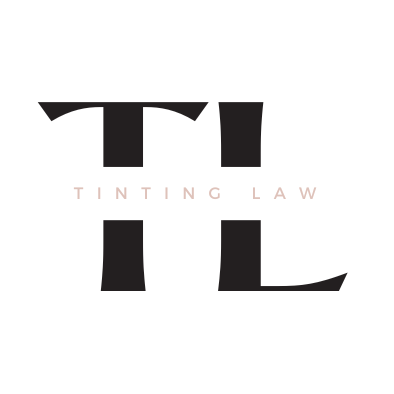Connecticut Car Window Tinting Laws: A Comprehensive Guide
In the picturesque state of Connecticut, car window tinting is more than just an aesthetic choice.
It’s about comfort, privacy, and protection from the sun’s rays. But before you decide to darken your windows, it’s crucial to understand Connecticut’s tinting regulations.
This guide will walk you through the essentials of Connecticut’s car tint laws.
1. Front Windshield:
- Tinting is permissible on the top 6 inches of the windshield.
- Reflective or mirror-like finishes are a no-go in Connecticut.
2. Front Side Windows:
- These windows need to allow in at least 35% of outside light.
- Reflective tints? Connecticut says keep them subtle.
3. Back Side Windows:
- For cars, these windows should also let in at least 35% of light.
- Reflectivity should be kept to a minimum.
4. Rear Window:
- Any shade of tint is acceptable, but if you go dark, ensure you have dual side mirrors for safety.
5. Tint Colors:
- Connecticut drivers should steer clear of using red or amber tints.
6. Medical Exceptions:
- For those with specific health conditions requiring added sun protection, Connecticut offers tinting exceptions. A doctor’s note is a must.
7. Quality Assurance:
- When opting for window tinting in Connecticut, ensure the shop uses state-approved tint. A certificate of authenticity is always a good sign.
8. Tint Stickers:
- Legally tinted vehicles in Connecticut should sport a sticker, typically found on the driver’s side window.
9. Stay Informed:
- Not adhering to Connecticut’s tinting guidelines can lead to penalties. Always be in the know before making any modifications.
This article is based on information available as of 2022. Always check with local authorities or the DMV for the most current and accurate regulations.
